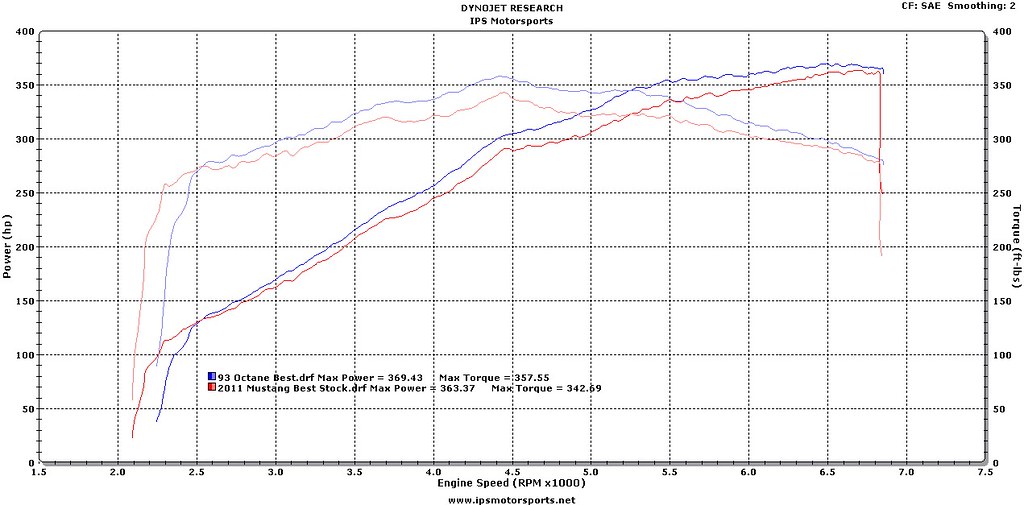I'm guessing that there are a number of people on here who, with the recent availability of race fuels through Wicked CAS and Alex (Thanks guys!), may be interested in doing a bit of mixing. Myself being one of them, I think it might be helpful to get some information on here, such as what kind of octane we can/should/shouldn't run, and what, if any, adjustments need to be made, so that people can have a decent idea of what they're doing. So everyone throw in your .02 if you think it'll be helpful. If it draws enough interest, hopefully this may be deemed worthy to sticky here in the tech section.
Found this on carforums.net:
'Originally Posted by jeffdsm
MON, RON and (R+M)/2
RON = Research Octane
MON = Motor Octane
R+M/2 = The yellow decal at the pump. Everyday street driving octane.
MON is the octane that we are most concerned of. This is the octane that best simulates real full throttle racing. It is also the lowest octane value.
When searching for race fuels, RON can be very misleading. Since it is the highest of the 3 octane ratings, many fuel companies use this value to overrate their octane.
R+M/2, or the yellow pump decal is just the average of MON and RON.
For instance...
The Rebel 100 Octane is (R+M)/2 octane rating. This is what it actually is...
MON = 96 Octane
RON = 104 Octane
R+M/2 = (104+96)/2 = 100 Octane.
Can you see the problem if a race fuel company tries to sells this as 104 Unleaded and does not tell you what rating it's using?
VP sells a 100 Street Blaze that is a MON 96 Octane, R+M/2 100 octane.
Now when it comes to real race fuel, this is the reason why if you do not make substantial changes to the timing and fuel curve, that you will most likely LOSE HP by dumping in C-16.
C-16 = MON = 117 Octane
They don't even have a RON for this fuel. It would probably be 123 Octane, and the Yellow Decal, R+M/2, would be 120 Octane. It's a full 21 MON point increase in octane.
With that high of an octane rating, the flame speed will be so much slower. You must advance timing to offset that slower flame speed.
BOTTOM LINE : When purchasing race fuel, look for the MON octane rating, and if they use RON then downgrade the fuel'
A really nice octane chart here with downloadable spreadsheet:
Found this on carforums.net:
'Originally Posted by jeffdsm
MON, RON and (R+M)/2
RON = Research Octane
MON = Motor Octane
R+M/2 = The yellow decal at the pump. Everyday street driving octane.
MON is the octane that we are most concerned of. This is the octane that best simulates real full throttle racing. It is also the lowest octane value.
When searching for race fuels, RON can be very misleading. Since it is the highest of the 3 octane ratings, many fuel companies use this value to overrate their octane.
R+M/2, or the yellow pump decal is just the average of MON and RON.
For instance...
The Rebel 100 Octane is (R+M)/2 octane rating. This is what it actually is...
MON = 96 Octane
RON = 104 Octane
R+M/2 = (104+96)/2 = 100 Octane.
Can you see the problem if a race fuel company tries to sells this as 104 Unleaded and does not tell you what rating it's using?
VP sells a 100 Street Blaze that is a MON 96 Octane, R+M/2 100 octane.
Now when it comes to real race fuel, this is the reason why if you do not make substantial changes to the timing and fuel curve, that you will most likely LOSE HP by dumping in C-16.
C-16 = MON = 117 Octane
They don't even have a RON for this fuel. It would probably be 123 Octane, and the Yellow Decal, R+M/2, would be 120 Octane. It's a full 21 MON point increase in octane.
With that high of an octane rating, the flame speed will be so much slower. You must advance timing to offset that slower flame speed.
BOTTOM LINE : When purchasing race fuel, look for the MON octane rating, and if they use RON then downgrade the fuel'
A really nice octane chart here with downloadable spreadsheet:

 NOT increase it
NOT increase it

 But either way. If you built it for 87 why not just run 91-93 instead if needed. Why mix the lowest grade with race fuel. Does not make sense. I do not doubt the car ran fine , no reason it shoudn't. You can take advantage of the fuel because you could manually advance the timing. But I bet that mix was over kill on a low compression motor.
But either way. If you built it for 87 why not just run 91-93 instead if needed. Why mix the lowest grade with race fuel. Does not make sense. I do not doubt the car ran fine , no reason it shoudn't. You can take advantage of the fuel because you could manually advance the timing. But I bet that mix was over kill on a low compression motor. 

Comment